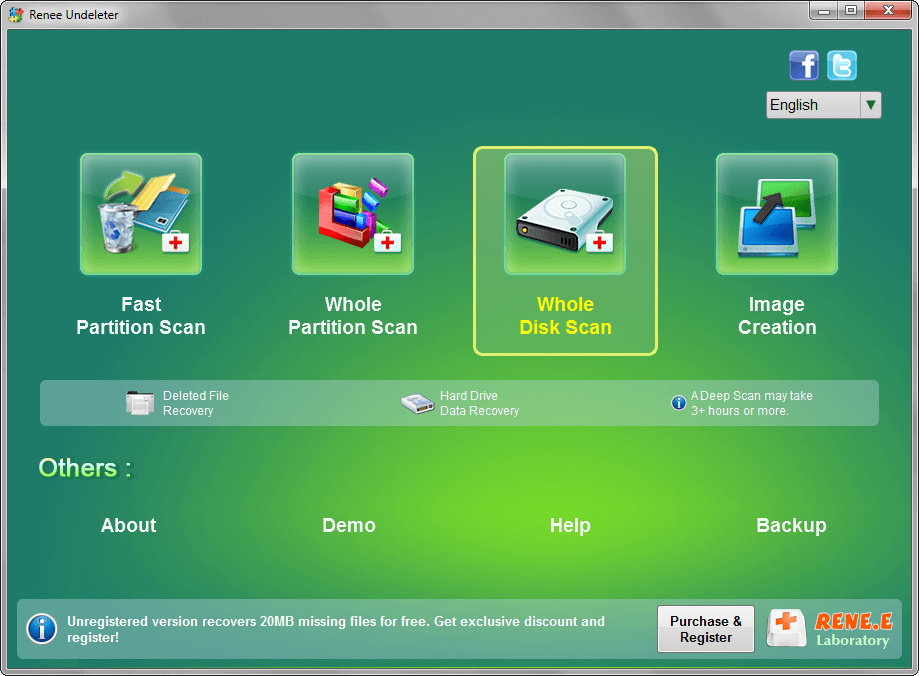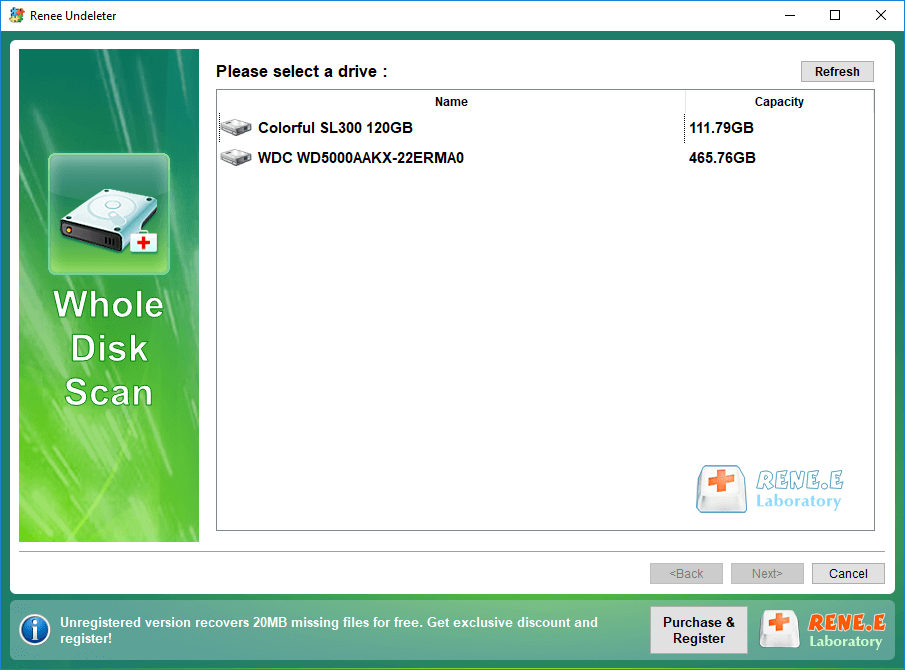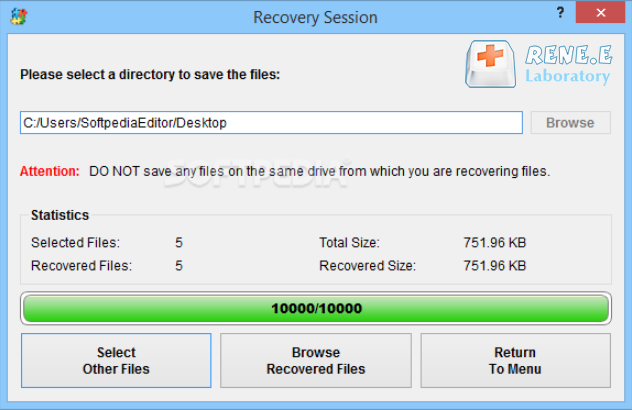Understanding Overwriting: Principles, Methods, and Implications
- Home
- Support
- Tips Data Recovery
- Understanding Overwriting: Principles, Methods, and Implications
Summary
The article discusses the concept of overwriting in data management, emphasizing its importance in data security and recovery. Overwriting involves replacing existing data with new data in the same storage location, rendering the original data inaccessible. The article also touches on the deletion process in Windows, explaining that deleting a file typically moves it to the Recycle Bin rather than permanently removing it from the hard drive.
Yes, overwriting can affect the performance of a storage device. When data is overwritten, the storage device needs to spend time erasing the original data before writing the new data, which can slow down the read/write operations.

Easy to use Only simple steps to recover data from storage devices.
Multiple scan modes Fast partition scan, whole partition scan and whole disk scan for different recovery needs.
File types Support to recover pictures, videos, audios, documents, mails, etc.
Supported storage devices Recover data from recycle bin, SD card, external disk, etc.
Supported systems Windows 10, 8.1, 8, 7, Vista, XP, 2000 and Mac OS X10.6, 10.7, 10.8.
Easy to use Only simple steps to recover data from storage devices.
Multiple scan modes - 3 scan modes for different recovery needs.
Supported storage devices Recover data from recycle bin, SD card, external disk, etc.

* Fast Partition Scan: Recovers files from accidental deletions or recycle bin clearance.
* Whole Partition Scan: Restores files from inaccessible or formatted partitions.
* Whole Disk Scan: Analyzes partition information for a comprehensive disk scan.
* Image Creation: Generates a partition mirror image for backup purposes.




Easy to use Only simple steps to recover data from storage devices.
Multiple scan modes Fast partition scan, whole partition scan and whole disk scan for different recovery needs.
File types Support to recover pictures, videos, audios, documents, mails, etc.
Supported storage devices Recover data from recycle bin, SD card, external disk, etc.
Supported systems Windows 10, 8.1, 8, 7, Vista, XP, 2000 and Mac OS X10.6, 10.7, 10.8.
Easy to use Only simple steps to recover data from storage devices.
Multiple scan modes - 3 scan modes for different recovery needs.
Supported storage devices Recover data from recycle bin, SD card, external disk, etc.
Relate Links :
How to Retrieve Deleted Audio Files: A Comprehensive Guide
18-07-2024
Jennifer Thatcher : Learn how to retrieve deleted audio files effortlessly with our comprehensive guide, covering built-in tools and third-party software...
SD Card Photos Disappeared? Learn Quick Recovery Tips Now!
12-07-2024
John Weaver : Lost photos from your SD card? Don't worry. This article will guide you on how to recover lost...
How to Recover Files Permanently Deleted from Recycle Bin
03-07-2024
Amanda J. Brook : Discover how to recover files permanently deleted from the Recycle Bin using built-in Windows tools like Previous Versions...
How Can You Recover Temporary Deleted Files on a Computer Effectively
06-06-2024
Jennifer Thatcher : Learn how you can recover temporary deleted files on a computer using built-in OS tools, professional recovery software,...




